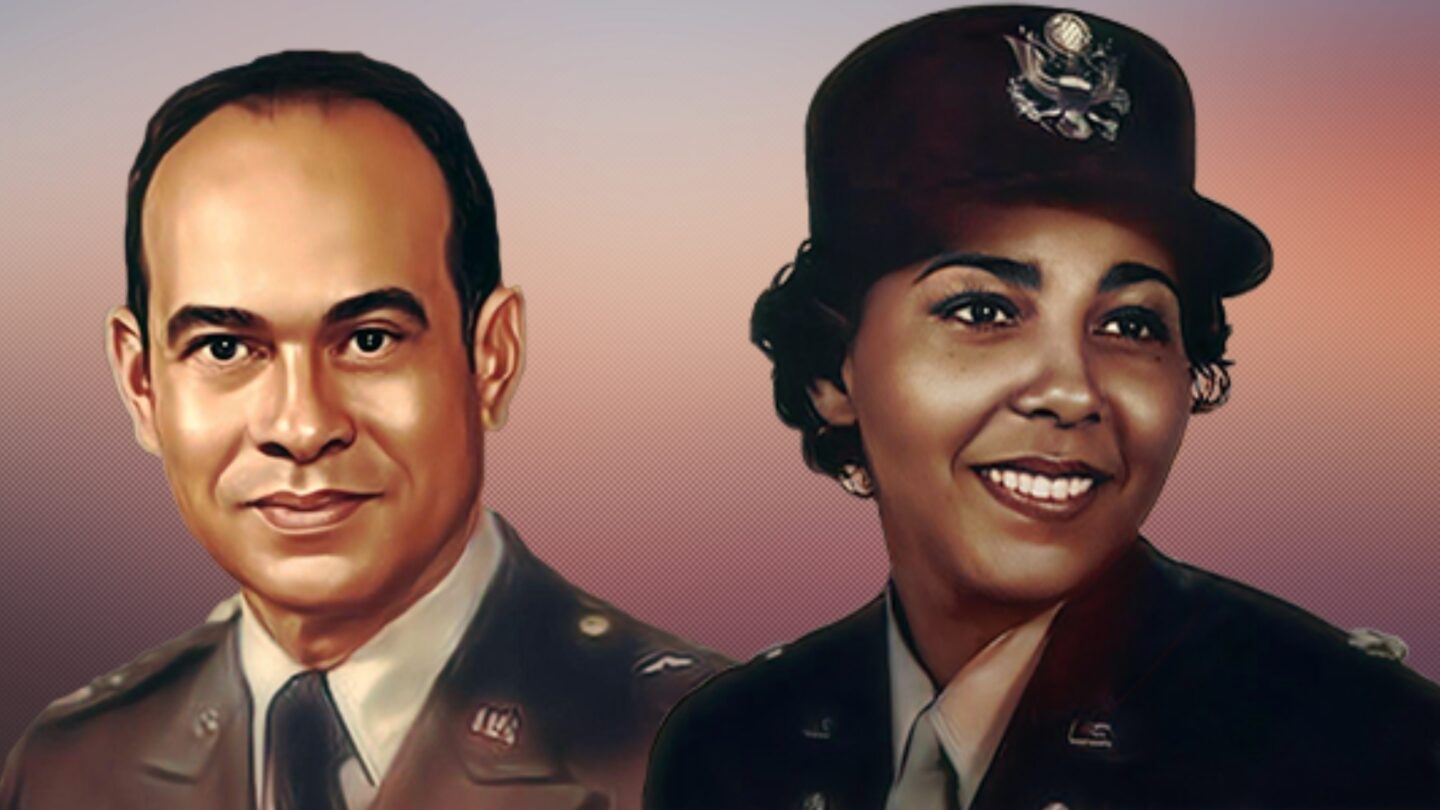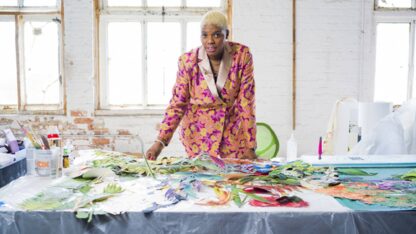Fort Lee, the U.S. Army’s Virginia garrison named after the slave-holding leader of Confederate forces during the Civil War, will become Fort Gregg-Adams on Thursday following a ceremony to rename the base after two Black officers whose struggles paved the way for a more inclusive military.
The post is one of nine that the Pentagon has said will be redesignated to remove names, symbols or other displays that commemorate the Confederacy.
Lt. Gen. Arthur Gregg, the first African American to achieve such a high rank, retired in 1981 after serving as the Army’s deputy chief of staff, logistics. Lt. Col. Charity Adams joined the newly created Women’s Army Auxiliary Corps in 1942 and was the highest-ranking Black woman of World War II.
Gregg enlisted when the military was still segregated
Gregg was born in Florence, S.C., in 1928. He enlisted in 1946, two years before President Harry Truman signed an executive order to desegregate the military. After serving as a supply sergeant in Germany, Gregg decided to reenlist and make the Army his career.
Despite Truman’s July 1948 order, prejudice in the Jim Crow South persisted. In 1950, as a young second lieutenant at Fort Lee, he was refused entry into the base’s whites-only officer club. “At that time, there were two officers clubs,” Gregg, 94, said in an interview. “Essentially, the main club on the base did not admit African Americans.”
He stayed on at Fort Lee, where he was assigned as an instructor at the Quartermaster Leadership School, becoming the school’s operations officer.
In the 1950s and 1960s, Gregg rose through the officer ranks at quartermaster units in South Korea, Japan and Germany and returned stateside for advanced training and to complete a business degree at Benedictine College in Kansas, where he graduated summa cum laude in 1964.
After a promotion to lieutenant colonel, Gregg was put in charge of the 96th Supply and Services Battalion at Fort Riley, Kan., which had been alerted for deployment to Vietnam.
“The battalion was short on men and equipment and obviously … was not ready for deployment,” Gregg said. “So it became my responsibility, along with my officers and engineers, to get the battalion ready for deployment.”
Thanks to the battalion’s extraordinary efforts, the unit was ready to go a month later, he said.
After his tour in Vietnam, Gregg returned home to attend the Army War College, after which he was sent to Germany for a third time. In 1972, he received his first star, becoming a brigadier general and being placed in command of the Army-Air Force Exchange System Europe in Munich. In the following years, he was placed in charge of all logistics for the Army in Europe.
He received his second star, as major general, in 1976 and was promoted to lieutenant general the following year, becoming the director for logistics for the Joint Chiefs of Staff at the Pentagon. When he reported back to the Army two years later, it was as the deputy chief of staff, logistics.
Looking back on his career, Gregg said he started out in an Army that was split in two, “one Black and one white.”
“That obviously was not the optimum,” he said. “But I always felt that the Army would be integrated. And when it did occur, it was more smooth than we imagined it could.”
Upon learning a few months ago that Fort Lee would be renamed for him, “obviously, I was more than pleased,” he said.
“I had a very strong connection with Fort Lee, which is clearly one of my favorite posts in [the] Army, and I was very happy and very honored.”
Adams faced both racism and sexism
In the weeks after Japan’s attack on Pearl Harbor, Adams was balancing a job as a high school math teacher with her pursuit of a master’s degree in psychology at the Ohio State University.
The young African American woman raised in South Carolina set all that aside to join the newly formed Women’s Army Auxiliary Corps in 1942. Later known simply as the Women’s Army Corps, or WAC, the service was created to allow women to serve in noncombat positions. Eventually, its ranks swelled to 150,000.
Soon after joining, Adams was selected to attend Officer Candidate School.
Writing in her memoir, One Woman’s Army, Adams said she developed a camaraderie with white officer candidates during the train ride to Officer Candidate School. But it didn’t last.
”The Army soon shattered whatever closeness we had felt,” she recalled in the book, according to a 2002 obituary in The New York Times. ”When we left the mess hall we were marched two-by-two’s to the reception center. A young, red-haired second lieutenant said, ‘Will all the colored girls move over on this side.’ He pointed to an isolated group of seats.”
”There was a moment of stunned silence, for even in the United States of the 40’s it did not occur to us that this could happen. The integration of our trip did not prepare us for this,” Adams wrote.
After receiving her commission, she stayed on at OCS to train subsequent classes.
In 1944, at just 25, Adams was placed in command of the all-women, all-African American 6888th Central Postal Directory in England. The unit, charged with delivering mail to nearly 7 million soldiers fighting in Europe, was deployed in early 1945.
Once in theater, Adams faced more racism and sexism from an Army that was segregated along racial lines and that barred women from most front-line roles.
In her memoir, Adams, then a major, recalled an episode when a general came to inspect her battalion. He threatened to “send a white first lieutenant down here to show you how to run this unit.”
Her curt reply: ”Over my dead body, sir.”
Adams continued in Europe until the end of 1945. She then briefly worked at the Pentagon until being discharged the following year.
After the Army, Adams returned to college to complete her master’s in vocational psychology.
She married Stanley A. Earley Jr., settling in Dayton, Ohio, and raising two children. According to the National Museum of the United States Army, Adams went on to serve as a dean at Tennessee Agricultural & Industrial State College (now Tennessee State University) and Georgia State University. In 1982, she founded the Black Leadership Development Program, aimed at teaching young African Americans to be leaders in their communities.
Copyright 2023 NPR. To see more, visit https://www.npr.org.
9(MDAxODM0MDY4MDEyMTY4NDA3MzI3YjkzMw004))

9(MDAxODM0MDY4MDEyMTY4NDA3MzI3YjkzMw004))








